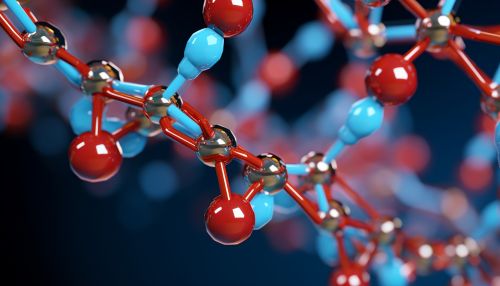The Role of Peptoids in Biomedical Research
Introduction
Peptoids, also known as poly-N-substituted glycines, are a class of peptidomimetics whose side chains are appended to the nitrogen atom of the peptide backbone, rather than to the α-carbons, as in peptides. This unique structural feature imparts peptoids with a number of distinctive properties that make them particularly attractive for biomedical research.


History and Synthesis
Peptoids were first synthesized in the 1990s as a means to overcome the limitations associated with peptides, including their susceptibility to proteolytic degradation and their inability to effectively cross cell membranes. The synthesis of peptoids involves the submonomer method, which allows for the incorporation of a wide range of functional groups, thereby enabling the creation of highly diverse peptoid libraries.
Properties of Peptoids
Peptoids are resistant to proteolytic degradation, which makes them more stable than peptides in biological environments. They also exhibit a high degree of conformational flexibility due to the absence of hydrogen bonding in their backbone. This flexibility allows peptoids to adopt a variety of secondary structures, including helices, sheets, and loops, which can be exploited to modulate their biological activity.
Applications in Biomedical Research
Peptoids have found wide-ranging applications in biomedical research, including drug discovery, diagnostics, and therapeutics.
Drug Discovery
Peptoids have been used extensively in drug discovery due to their ability to mimic the structure and function of biologically active peptides. They have been employed as ligands for a variety of targets, including proteins, nucleic acids, and cell membranes. The ability to fine-tune the properties of peptoids through chemical modification has further expanded their utility in this area.
Diagnostics
Peptoids have also been utilized in the development of diagnostic tools. For example, they have been used to create highly specific and sensitive probes for the detection of biomarkers associated with various diseases. The stability and versatility of peptoids make them ideal candidates for this application.
Therapeutics
In the field of therapeutics, peptoids have shown promise as antimicrobial agents, anticancer drugs, and gene delivery vectors. Their resistance to proteolytic degradation and ability to cross cell membranes make them particularly suitable for these applications.
Future Perspectives
The unique properties of peptoids, coupled with the ability to design and synthesize them with a high degree of precision, make them a powerful tool in biomedical research. As our understanding of their structure-function relationships continues to grow, it is anticipated that the range of applications for peptoids in biomedical research will continue to expand.
